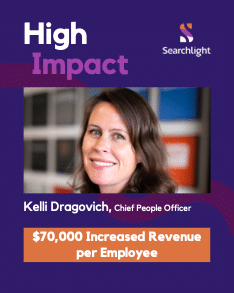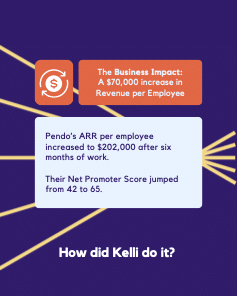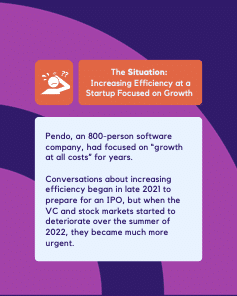Any good marketing content program should make maximum use of every piece of content. Maybe you already promote your content pieces on social media (and if you don’t you should). But finding unique ways to adapt marketing content for social can be a challenge.
Most brands already embrace photos, infographics, video, and other visual content pieces on social media. After all, these types of standalone social posts get good engagement. For example, images get 98% more comments than text-only posts, ads with images have higher click-through rates, and posts with multiple images get four to ten times the engagement of text-only posts via Sprout Social.
But perhaps you’re looking for a new jam. Enter what we call, LinkedIn slides, also what LinkedIn calls Carousel Posts.
LinkedIn slides offer a unique way to adapt marketing content into a more engaging medium. Have an ebook about top ransomware threats…consolidate it into LinkedIn slides. Have a compelling customer case study…consolidate it into LinkedIn slides. You get the point. What do these look like? Here’s an example from one of our clients, Searchlight:



We call these LinkedIn Slides because they’re like PowerPoint slides; each one has space for a small amount of text and an image or two. These can be posted to a company LinkedIn page and readers can scroll through the slides in their LinkedIn feed. Since each slide can only fit a small amount of text, content pieces like white papers or blog posts can usually be condensed into 6-10 slides with little work. These can increase your social engagement, and if you put a link in a slide or two it can refer traffic to your website.
Like all content pieces, there are a few tricks to making LinkedIn slides engaging. Here are some tips:
- Transform Existing Content: As discussed, existing content can usually be turned into a Carousel Post with a little extra work. There’s nothing wrong with coming up with novel content purely for LinkedIn slides, but repurposing existing content offers the best results for the least amount of effort.
- Focus on the Titles: Each slide should have a title and a reader should be able to get the main point of the slides by only reading the titles. Rather than a preview of what the slide will say, each title should make a point. The rest of the text on each slide expands on that point.
- Keep it Short: Like PowerPoint slides, less text is always better. Limit the body text on each slide to about 60 words and split it up into bullet points if possible.
- Make it Visual: Design an attractive background for the slides or use templates you can find online. Include images in place of text wherever possible.
- Share it Widely: Share the final post to your company LinkedIn page and encourage employees to reshare it. If you interviewed someone or collaborated with a customer or partner when creating the original content that the slides are based on, ask them to reshare as well. The more the better.
- Learn and Iterate: Once you’ve published a few Carousel Posts, look at the LinkedIn analytics for each of them and compare. Did one do better than the others? What was different about it? Take notes on what seems to make slides get more engagement and do more of those things in future ones.
Staying fresh with your social content marketing is a big task, and LinkedIn slides might be just the change you’re team’s been looking for. Need help creating LinkedIn slides or other content pieces, or not sure what to do next with your content program? Voxus can help with that. Let’s chat.

